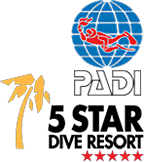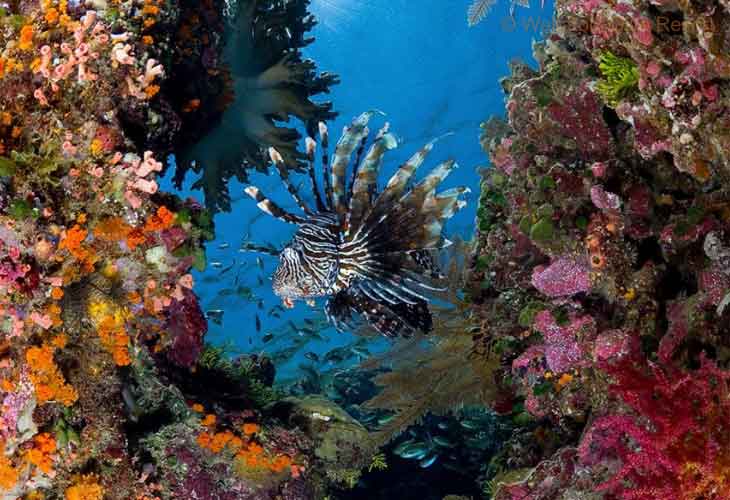The Alor Archipelago
The Alor Archipelago is located to the east of Flores and north of Timor-Leste in the Lesser Sunda Islands. The archipelago holds a wide variety of splendours from fascinating underwater wonders up to the unique culture of the highland people.
Alor is the largest island and lies at the eastern end of the archipelago. It is inhabited by a number of Flores sub-ethnic groups who still preserve their traditional ways of life.

Diving Alor
Alor offers pristine coral reefs. The Pantar Strait is one of the most well-preserved coral reef systems in Indonesia. The total ban on dynamite and cyanide fishing means the whole area has beautiful, colourful and dense coral reefs. Some of the dive sites are renowned for schools of pelagics such as Manta and Eagle rays, sharks, Dog-tooth tunas (Gymnosorda unicolor), and Napoleon wrasses. Occasionally you can spot schools of dolphins and Pilot whales.
The continual flow of ocean currents brings nutrients to invertebrates and small fishes, which in turn are eaten by medium-sized fishes, and so on up the foodchain.
In addition to pristine corals, Alor is also one of Indonesia’s top muck-diving destinations. Sediment on the seabed mixed with volcanic black sand and coral rubble is a perfect camouflage environment for unusual critters.
It really is a treasure hunt for macro photographers!

Alor’s Diving Seasons
Diving is good year-round with average viz of 25-30m however the best conditions are March to December. From May to September is the southeast monsoon (more windy than rainy) when viz may decrease to 15m. However this is when the plankton bloom happens resulting in increased feeding activity. Mola-Mola are usually spotted in September.

How to Reach Alor
The Alor Archipelago is somewhat remote however, Alor’s diving is often integrated into some Liveaboard schedules when crossing from Komodo to Raja Ampat.
And, of course, dive resorts offer attractive Diving & Accommodation packages: There are domestic flights from Jakarta, Surabaya and Bali to Kupang, and from there to Alor.
For more info on Alor diving, and to start your planning, please make sure your AMD-B Travel Consultant is aware of your needs. As always, they will be more than happy to offer recommendations and make arrangements to suit your preferences. Contact us on Tours@AquaMarineDiving.com today!







